#newscientist
Explore tagged Tumblr posts
Text
some images i recently found about the multiverse:
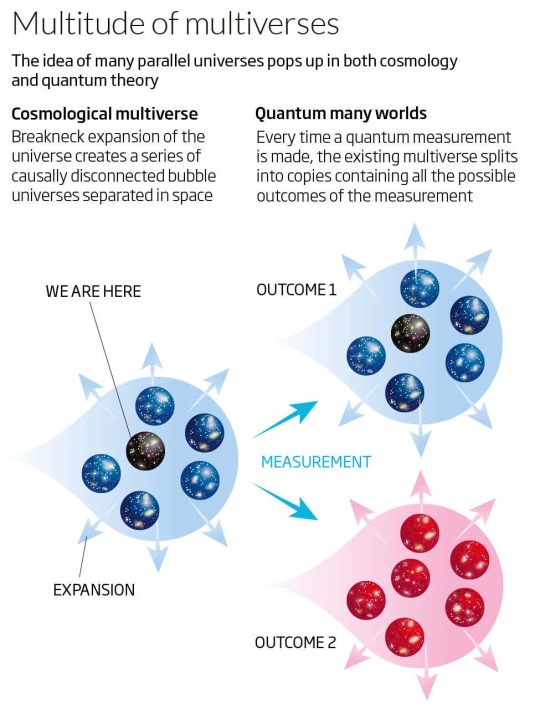
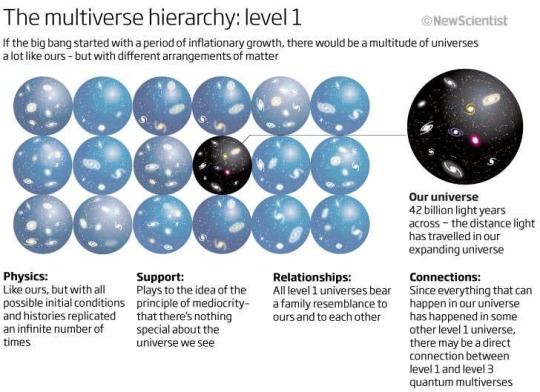
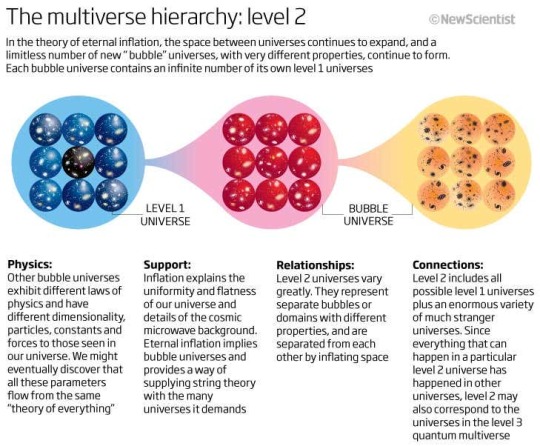

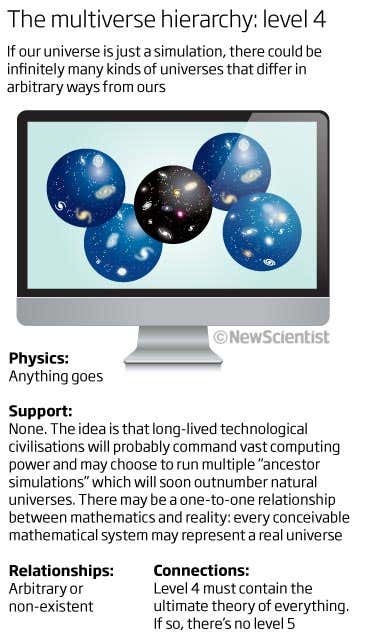
Images from Robert Adlers article "Ultimate guide to the multiverse" on newscientist.com (23. Nov. 2011)
#the multiverse#multiverse#cosmology#quantum theory#quantum physics#m#theory#theories#multiverse theory#simulation#schrödinger's cat#robert adlers#newscientist#parallel worlds#reality#shifting#shiftblr#loa#void state#physical laws#universe#branching
142 notes
·
View notes
Text

Helium stars in a neighboring galaxy...
Source: www.newscientist.com
#art#cosmos#cosmic#universe#blast#space#wallpaper#stars#helium#galaxy#space wallpaper#newscientist#blue#mystery
15 notes
·
View notes
Photo
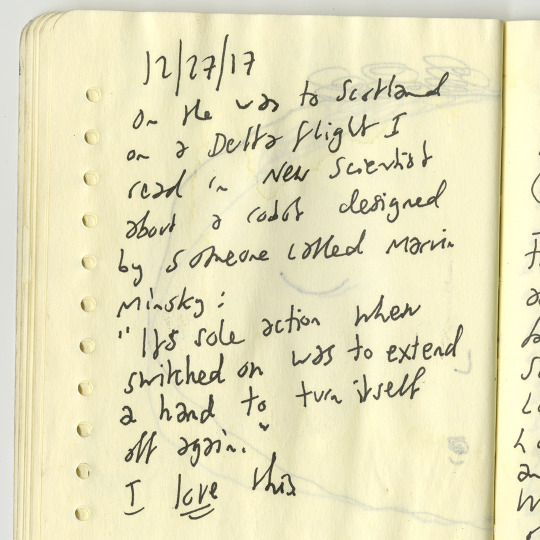
© Peter Arkle 2023 ROBOT NOTE ––THE BEST ROBOT EVER!
0 notes
Photo
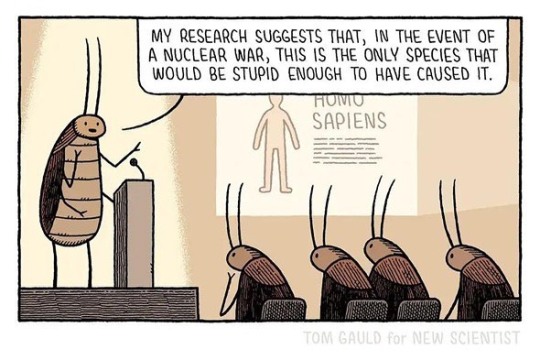
for @newscientist https://www.instagram.com/p/CqSY6TdM2AM/?igshid=NGJjMDIxMWI=
5K notes
·
View notes
Note
I like being nerdy and reading academic articles, but I find it hard to find things that interest me unless I spend a bunch of time filing through Google scholar and things like that. How do I find interesting science news, academic discussions, etc. as an undergrad/beginner?
You can follow specific streams on e.g. Phys.org or Eurekalerts, but that might be a bit tedious. I would recommend letting the articles come to you: set up Google Scholar alerts for scientists who publish on topics that interest you. You can also set up a ResearchGate account to do the same. When I was *first* starting to be aware of scientific papers in high school, I was getting most of my science information from reading the Economist. It's not the best venue, but it is more approachable than, say, Nature or Science, to a young student who is curious about the general goings on in the world of academia. NewScientist or something may be better. It was just what I had access to at the time.
But also bear in mind that the world has changed dramatically in the 14 years since I started undergrad (sorry, just gonna go vomit while that number sinks in). Yes, tools for finding literature are more widely available than ever, but publication rate has skyrocketed, and average quality has generally decreased because there is so much pressure to publish fast and editorial quality is lower than ever. So I don't actually know how to go about starting anymore.
All I can say is that when I was starting out, I felt like you describe. Totally overwhelmed, and unsure where to start. What I did was pursue my passion—reptiles and amphibians of Madagascar—and keep meticulous notes of those first papers I was reading.
Nowadays, I typically go on deep dives a bit like Wikipedia rabbit holes; starting from a recent interesting article, I will flag sources they cite that I should read, and then rinse and repeat until I have 300 tabs open and cannot possibly read even the abstracts of all the work.
One important thing is to try to stay abreast of current research, while also continuing to get a better footing on the background. That will be very, very useful later in your career. Read the 'greats' on the subject of interest, but also the 'up-and-comings'/'movers and shakers'. But this is probably advice for later, when you have established the real direction you are interested in. For now, explore the waters!
307 notes
·
View notes
Text
Looks like the little guys are doing a dam good job of it
newscientist
145 notes
·
View notes
Text

Tom Gauld, en [NewScientist]
[web] [tumblr] [twitter] [instagram]
¿la original? aquí
51 notes
·
View notes
Text

Marine biologists discover the Sea Bocchi
Source: https://x.com/newscientist/status/1778447360898564596
#bocchi the rock!#bocchi fanart#bocchiposting#bocchi anime#anime#science#sea creatures#myart#art#artists on tumblr
59 notes
·
View notes
Text

#20kLeaguesUnderTheFeed
(Originally from @NewScientist on Twitter.)
#20000 leagues under the sea#captain nemo#jules verne#twenty thousand leagues under the sea#tkluts#classic literature#капитан немо#steampunk#french literature#20kLeaguesUnderTheFeed
37 notes
·
View notes
Note
helloo!! sorry if this is a question u get a lot, do you know any good website to keep up with marine animals news?? and for research??
It's a good question to ask, especially in a world where you have to sift through a lot of misinformation surrounding science (and, to set a good example, I will now be adding references in the notes for my information, particularly if I mention specific studies).
For news, Science.org, SciTechDaily, NewScientist and Nature.com are all websites I have used for keeping up to date with global marine biology news/research although it's always possible to use any news site as long as you ensure they are reliable (e.g. do they include references to research for further reading? does the content of the referenced research match the claims they make in the article? is the site likely to be biased towards a particular viewpoint?)
For research, there are tons of databases storing centuries of marine biology research. Many people like to recommend Google Scholar and I always think it's a good starting point for beginning scientific research but you can't always trust it to be a reliable tool.
ResearchGate, Wiley Online Library, ScienceDirect are all good places for peer-reviewed scientific articles (and I'm sure the people over at @jstor will assure you of the strength of their database too) although, keep in mind, you might have to search through many other databases if you want to dodge paywalls to access full articles.
If anyone else has any other suggestions, feel free to mention them in the notes!
18 notes
·
View notes
Text

Trees may have a ‘heartbeat’ that is so slow we never noticed it. What trees do in the shadows. Trees may seem sedate but it turns out they are more active than we thought. Many trees move their branches up and down during the night. The findings hint that the trees are actively pumping water upwards in stages, and that trees have a slow version of a “pulse”. “We’ve discovered that most trees have regular periodic changes in shape, synchronised across the whole plant and shorter than a day-night cycle, which imply periodic changes in water pressure,” says András Zlinszky NewScientist 20.April 2018
50 notes
·
View notes
Video
youtube
Guarda il video dei primi tre secondi del Big Bang
Che ci crediate o no, i fisici stanno ancora cercando di capire l’universo quando aveva solo una manciata di secondi. E anche se abbiamo fatto progressi significativi sul Big Bang nel secolo scorso, la situazione è molto complessa. Quello che sappiamo è che circa 13,8 miliardi di anni fa il nostro universo era incredibilmente caldo (con temperature oltre il quadrilione di gradi) e incredibilmente piccolo (le dimensioni di una pesca, per capirci). Gli astronomi sospettano che il cosmo abbia attraversato un periodo di espansione improvvisa quando aveva meno di un secondo di vita. È l’inflazione, di cui abbiamo parlato più approfonditamente qui.
Come tutto ha avuto inizio: il Big Bang
In meno di un battito di ciglia, l’universo è diventato molto più grande (di almeno 1052). Quando questa rapida fase di espansione si concluse, qualunque cosa abbia causato l’inflazione è decaduta, inondando l’universo di materia e radiazioni (ma non sappiamo come). Pochi minuti dopo, sono comparsi i primi elementi. Prima di quel momento l’universo era troppo caldo e denso perché si potesse formare qualcosa di stabile. Era un gigantesco miscuglio di quark (i mattoni fondamentali dei nuclei atomici) e gluoni (i vettori della forza nucleare forte). E una volta che l’universo aveva una dozzina di minuti, si era già espanso e raffreddato abbastanza da permettere ai quark di legarsi insieme, formando i primi protoni e neutroni. Quei legami hanno poi prodotto i primi atomi di idrogeno ed elio, che dopo centinaia di milioni di anni hanno dato vita alle prime stelle e galassie.
La materia oscura
Tra le cose che non sappiamo sul Big Bang c’è tutto il discorso sulla materia oscura. Non l’abbiamo mai vista, ma sappiamo che è responsabile di oltre l’80% della materia che compone l’universo. Sappiamo per certo come la materia “ordinaria” abbia avuto origine in quella zuppa calda e densa che era il cosmo primordiale, ma non abbiamo idea di come e quando la materia oscura sia apparsa sulla scena. Poi c’è l’inflazione stessa. Non sappiamo cosa abbia fornito tutta l’energia necessaria per l’improvvisa espansione, non sappiamo nemmeno perché sia durata così tanto e cosa l’abbia fermata.
Asimmetria fra materia e antimateria
Altra questione irrisolta è l’asimmetria fra materia e antimateria. Dagli esperimenti negli acceleratori di particelle, vediamo che per ogni particella di materia ce n’è una di antimateria. Quando ci guardiamo intorno nel cosmo, però, vediamo solo mucchi e mucchi di materia normale e non una goccia di antimateria. Qualcosa di terribile dev’essere accaduto nei primi secondi dell’universo per sbilanciare questo equilibrio, ma non ne sappiamo granché. E c’è anche la possibilità che dopo il Big Bang ci fossero una marea di piccoli buchi neri. Quelli che ci sono nel cosmo attuale sono tutti prodotti dalla morte di stelle massicce. Sono gli unici luoghi in cui la densità della materia può raggiungere le soglie necessarie per innescare la formazione di nuovi buchi neri. Ma nell’universo primordiale, alcune zone del cosmo potrebbero aver raggiunto una densità sufficiente da creare buchi neri senza dover prima passare attraverso il ciclo di vita stellare. Forse.
Per i dettagli:
Leggo l’articolo “What was the universe’s first second like? These particles can tell us” su NewScientist
(via Guarda il video dei primi tre secondi del Big Bang: la simulazione è da pelle d’oca | Passione Astronomia)
3 notes
·
View notes
Text

Mary Jo Hoffman
cred: newscientist
4 notes
·
View notes
Text


meet the gum-leaf skeletonizer (Uraba lugens), which is a caterpillar that stacks its old moulted heads on top of its current head! it's also known as the mad hatterpillar. they use their heads as a defence mechanism, and they can stack up to six or seven heads!
newscientist | newsweek | bbc science focus
photos: alan henderson (minibeast wildlife au) | alan henderson
#terrestrial#earthposting#facts!#bugblr#entomology#science#nature#biology#zoology#moth#new zealand#australia#invertebrates#arthropods#insects#caterpillars#moths#gum leaf skeletonizer#earth fact no. 18
13 notes
·
View notes

